Best mountain bike upgrades: our pick of components to transform your bike's performance
The best mountain bike upgrades improve your bike's performance and reliability so you can take your riding to the next level
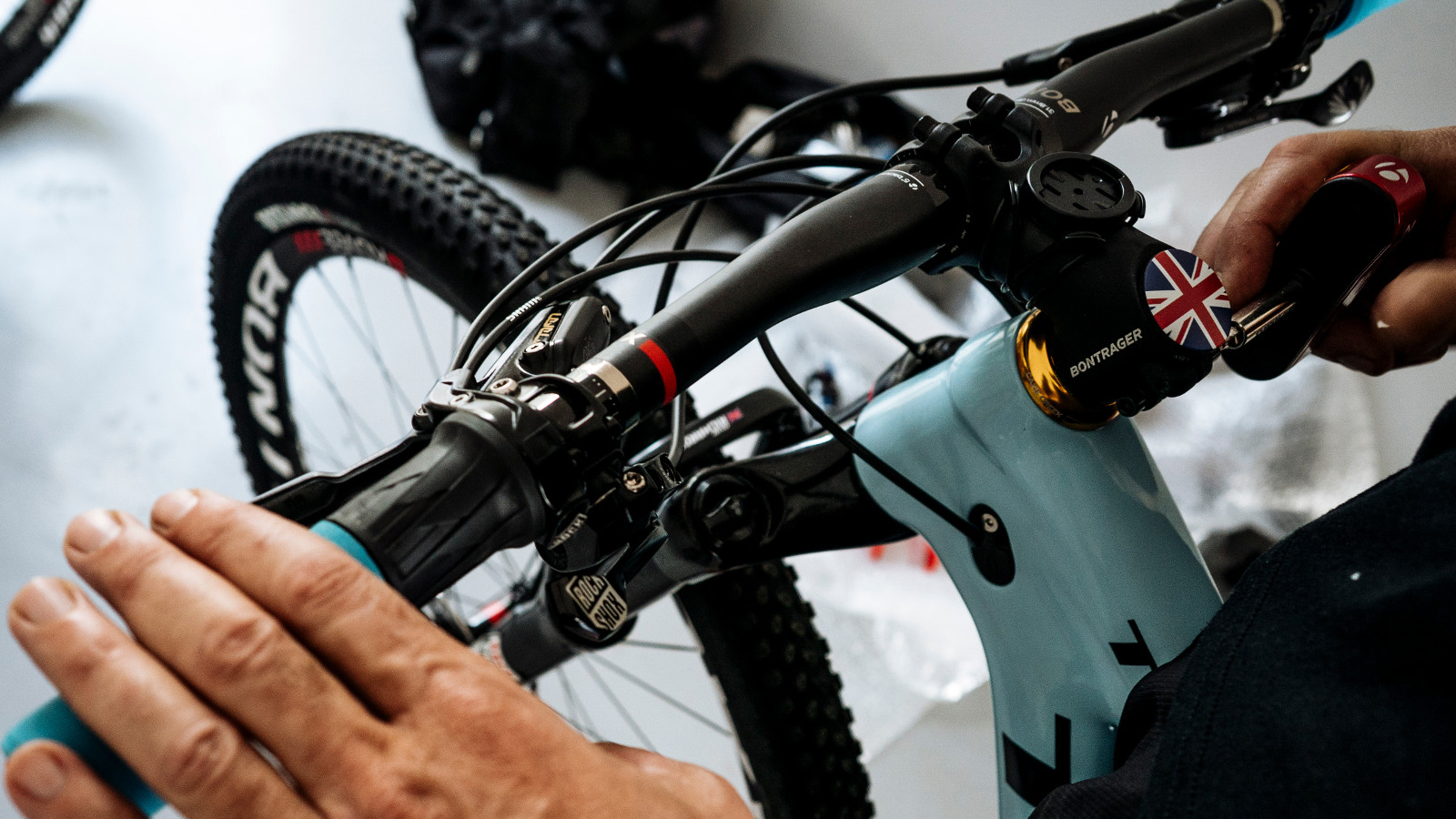
Bike manufacturers have become pretty good at speccing complete bikes, however, there are always mountain bike upgrades to be made along the way. The great thing about mountain bikes is that parts can be swapped out and replaced with something different or better; you just have to pay attention to sizing and compatibility.
There are a number of reasons why you may be browsing this list of the best mountain bike upgrades. Even the best mountain bikes aren't perfect and can benefit from a better pair of tires or grips. Other upgrades can drastically transform a bike's ride quality, like the best dropper posts. Similarly, a better suspension fork can transform the best budget mountain bikes into trail slaying machines.
Our suggestions are geared towards general trail riding and come highly recommended by our editors to help eek every last bit of performance out of your ride. Scroll down for the best mountain bike upgrades you can make whatever your riding ability.
Best mountain bike upgrades
Why trust BikePerfect
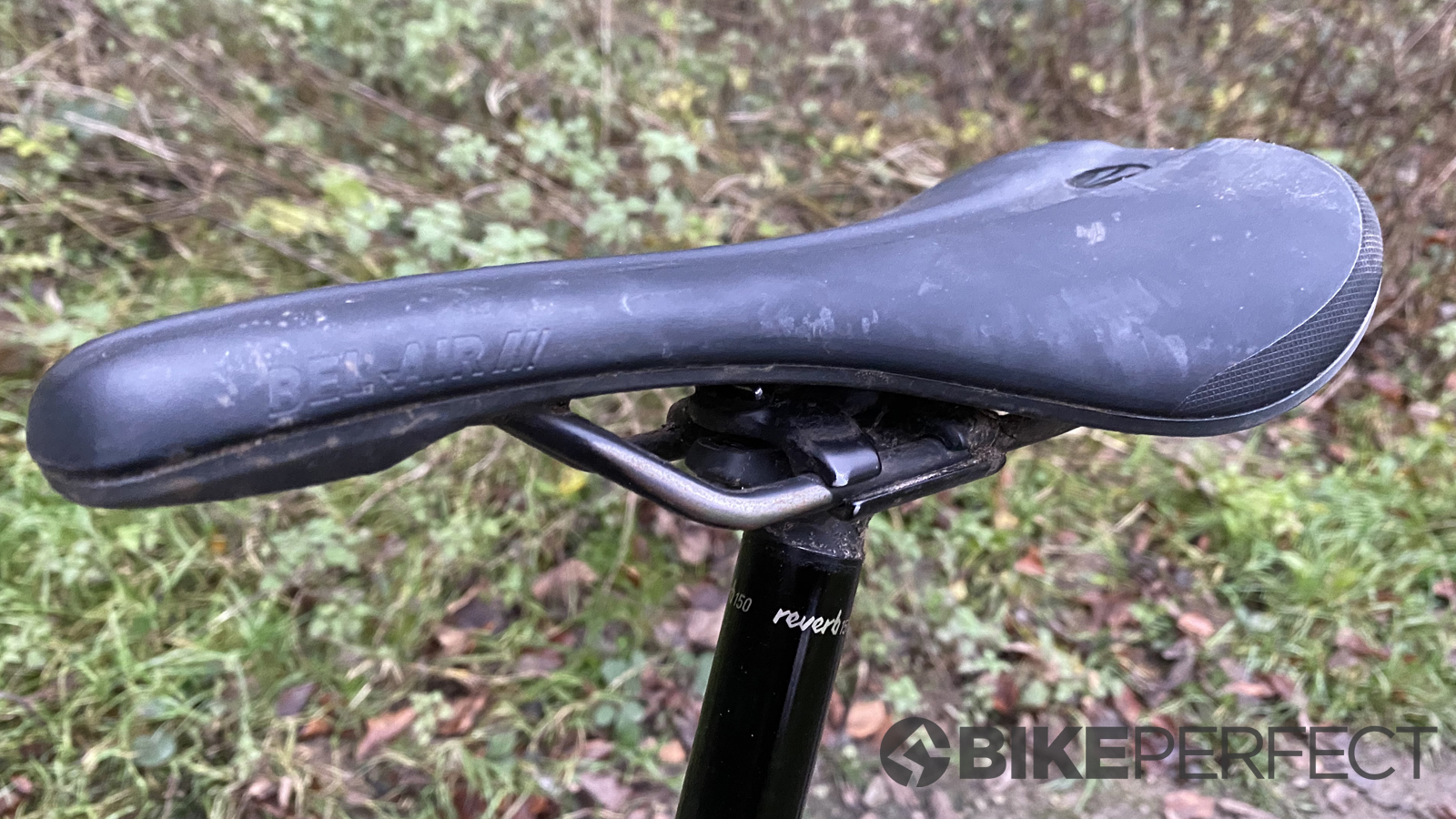
Specifications
Reasons to buy
Reasons to avoid
Everybody is different, so a saddle that keeps one person happy on an all-day epic might be a cruel form of medieval torture for another. The wrong shape or width saddle will leave your rear end sore, and it can inhibit blood flow and compress nerves around your nether regions.
The wrong saddle can also cause you to ride in an awkward position in search of comfort, and lead to alignment problems, muscle imbalances as well as impact your power delivery.
That means there is a lot that goes into designing the best mountain bike saddles so it's worth doing some research and considering what you need from a saddle and what shape you are looking for.
The SDG Bel Air is a classic trail riding saddle, the V3.0 has had some remodeling and has some great fundamental design features such as a carefully shaped central relief channel and a one-piece ATMOS ‘sonic welded’ cover which is easy to clean post-ride. If you are old enough to remember the older Bel Air's, the new saddle is quite different in shape, the new saddle is flatter and shorter which is more in line with modern saddle trends.
Check out our SDG Bel Air V3.0 Lux-Alloy saddle review for more.
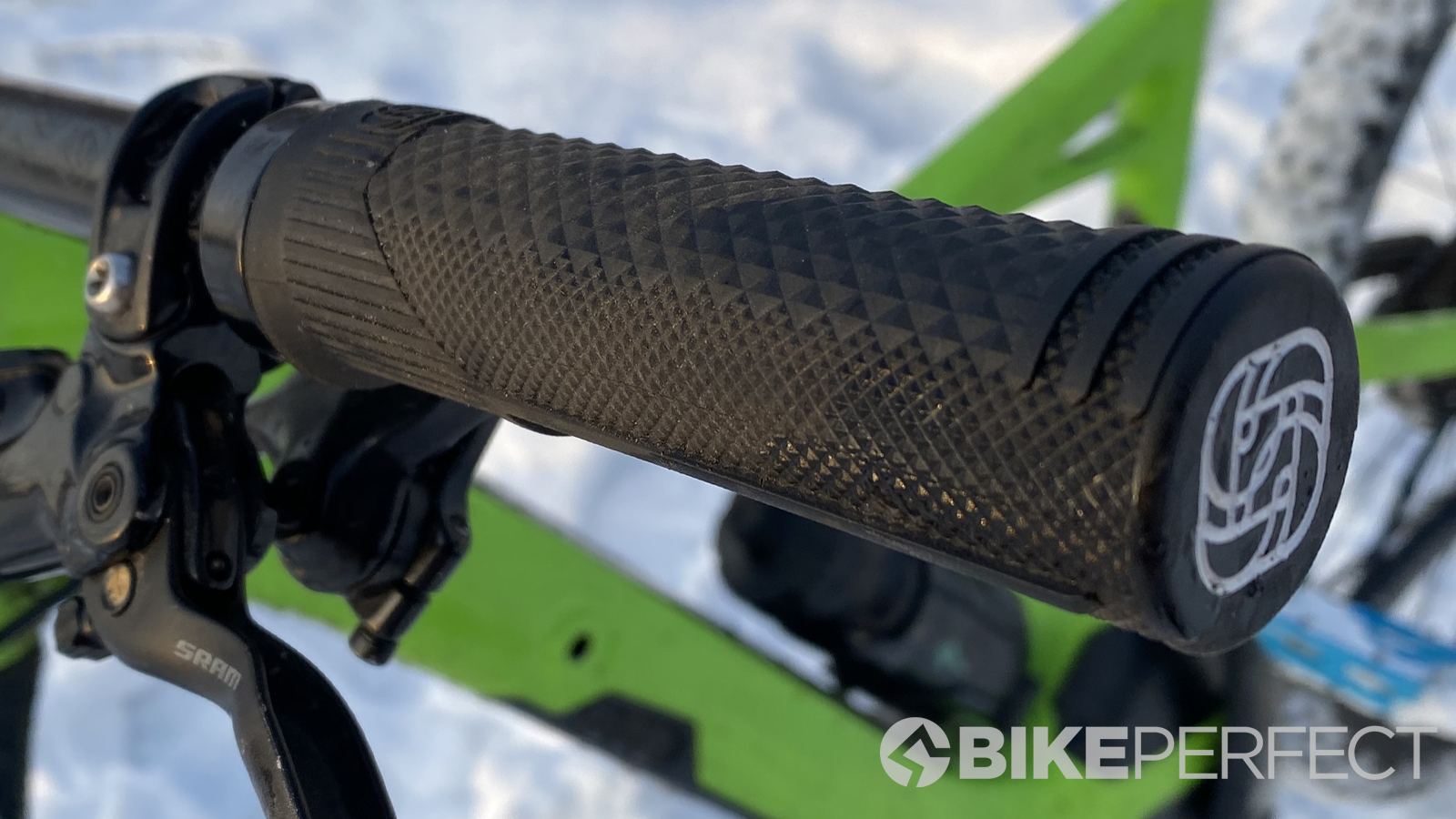
Specifications
Reasons to buy
Reasons to avoid
There's no definitive right or wrong pair of grip. The best MTB grips come in a variety of materials and styles, but the right set of grips that work best with your hands will also make a massive difference in your happiness on the bike. The wrong grips can lead to arm pump (fatigue), a sore neck and shoulders from death-gripping the bars, and cause blisters on your hands.
Gusset's S2 grips are a straightforward grip with a diamond 'tread' pattern that adds a grip that should work with most hands, whether you ride gloved or gloveless. There is an extra horizontal pattern along the inside for improved thumb grip as well as outside bands to help stop your hands from slipping off the ends. The tacky compound also keeps working well if you are riding in wet and muddy conditions.
Check out our review for Gusset's S2 Extra Soft Compound grips for more details.
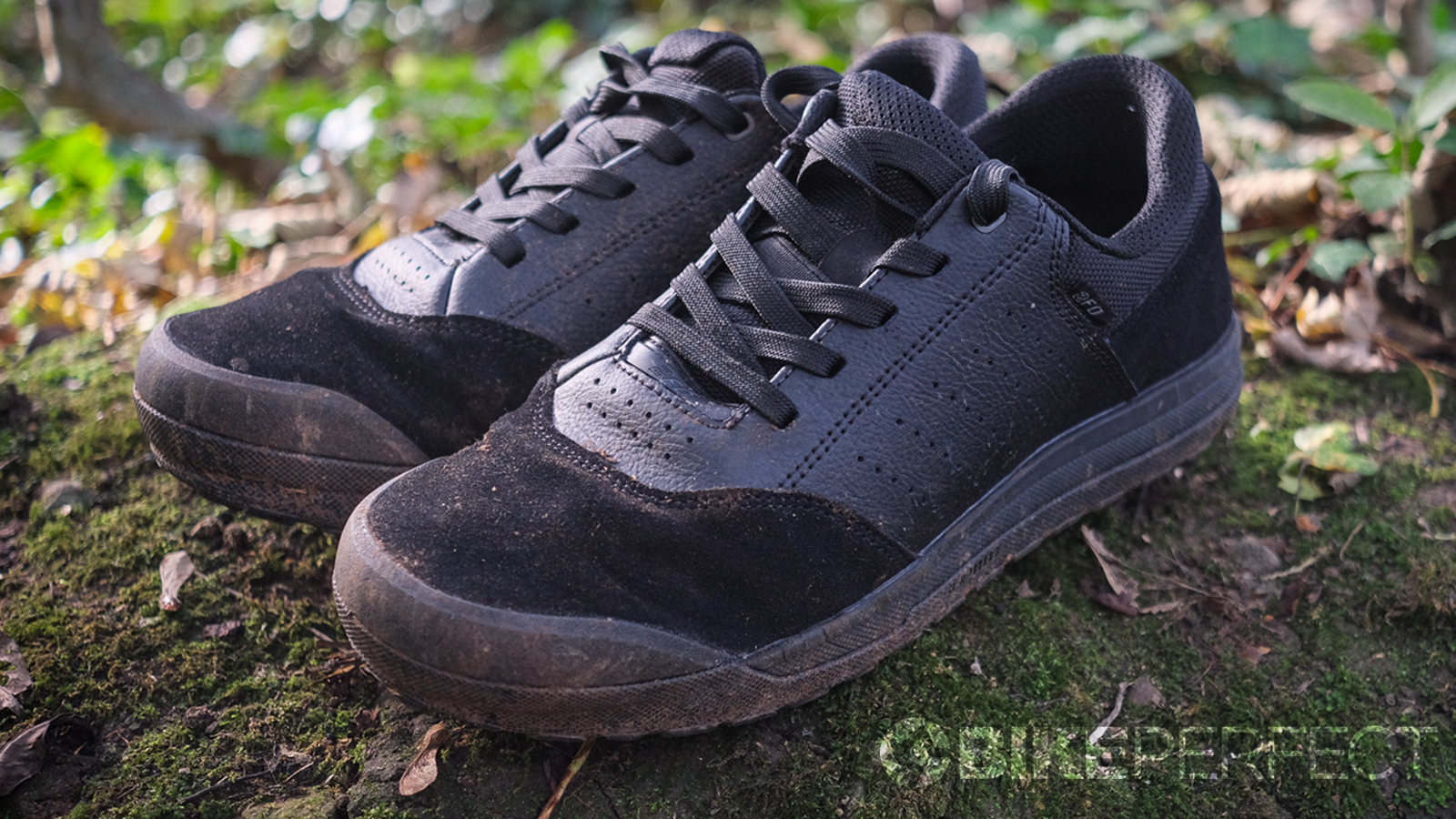
Specifications
Reasons to buy
Reasons to avoid
The final touchpoint on the bike is your feet. The right pair of shoes will not only save you some grams, but they will also lead to a more efficient pedal stroke and more overall comfort both on and off the bike.
While the best mountain bike shoes come in a variety of styles and types for the different disciplines of riding, the Specialized 2FO Roost shoe is a great option for the trail/enduro rider looking for the best MTB flat pedal shoes.
The Roost features a Specialized's SlipNot ST rubber compound sole which is very grippy for flat-pedal stability and offers a damped feel. Specialized has refined and championed its Body Geometry fit to provide a better fit and interaction with the pedaling process. There is also a Specialized 2FO Roost Clip shoe too if clipless pedals are more your thing.
We have reviews for both the Specialized 2FO Roost flat and Specialized 2FO Roost clip if you want more details on this superb shoe.
If you're considering a new flat pedal shoe it's also worth upgrading to one of the best MTB flat pedals as well. After all, the shoe needs a good interface to connect with. Look for pedals with large platforms and narrow depth for the best grip and ride feel out on the trail.
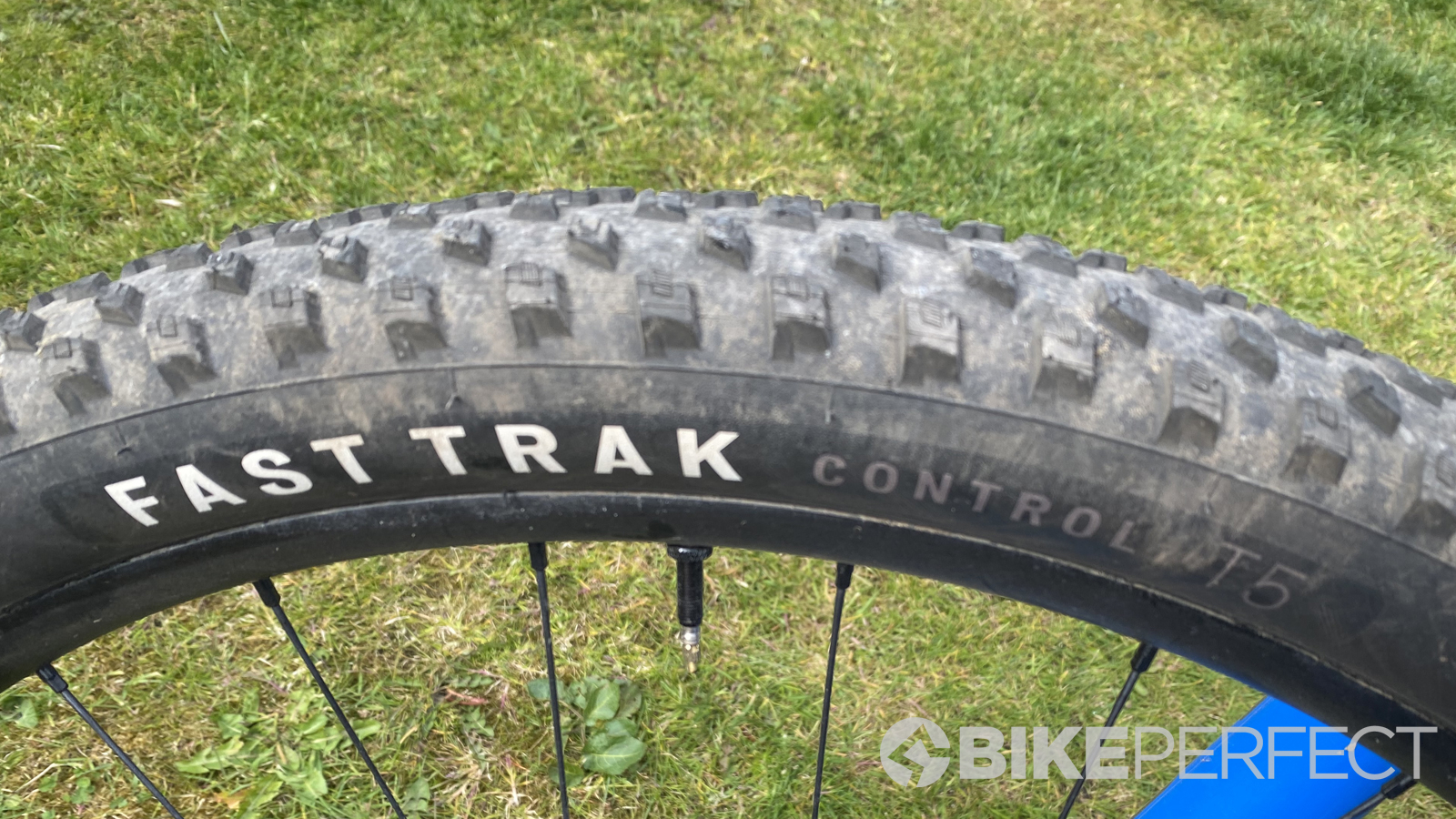
Specifications
Reasons to buy
Reasons to avoid
Before choosing from the best mountain bike tires to attach to your wheels, it's worth checking if your current setup is already tubeless - you'll be surprised by how many brand-new mountain bikes come stock with inner tubes. A tubeless conversion will eliminate pinch flats (there is no tube to pinch) and allow for lower tire pressure which improves traction and rolling resistance. Even better, the sealant inside will plug up most punctures before you realize you have one and save a few grams vs running a tube.
A good set of tires can change your bike from a skittering death trap to a sure-footed Alpine Ibex that maintains traction on steep climbs, wet roots and off-camber corners. Tread pattern will also make an enormous difference in how your bike rides: a tire with small closely spaced knobbies will be less than useless in the deep mud, while a mud tire will be slow-rolling and squirmy on hard, dusty trails. Another attribute to consider is sidewall and puncture protection.
Specialized's Fast Trak tires are versatile XC tire option which is decently light yet still plenty tough enough to be charged through rocks. Specialized offers the tires in Control and S-Works constructions with two different rubber compounds. The T7 compound offers a better grip for the front while the T5 is a little harder to roll better which lends it to being used on the rear.
We have broken down the full range of Specialized Ground Control, Fastrak and Renegade XC and downcountry tires if you want to mix and match for the perfect combo.
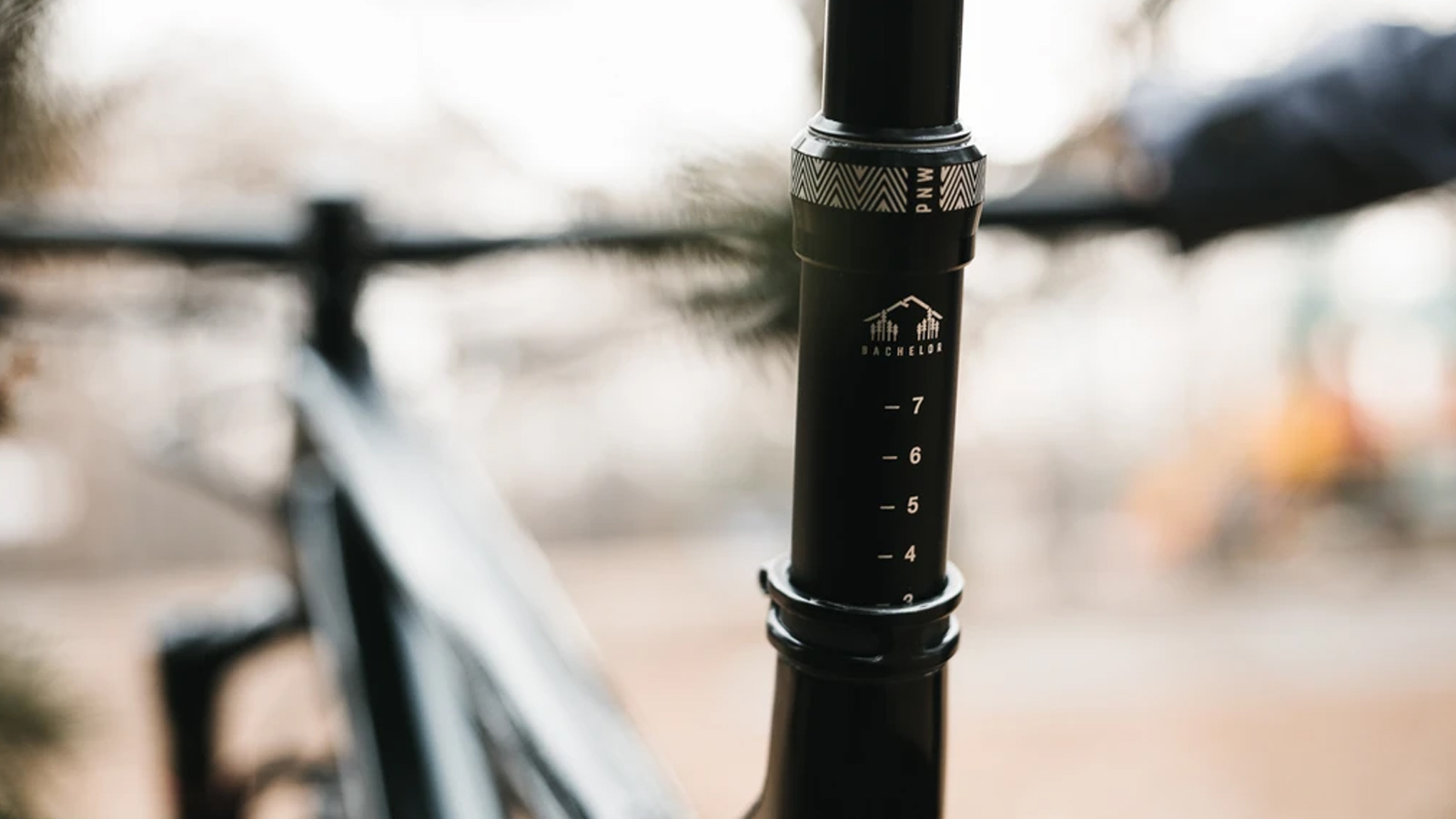
Specifications
Reasons to buy
Reasons to avoid
It could be argued that dropper posts are one of the most significant innovations to mountain biking of the last 10 years. By enabling you to drop your seat post out of the way, you can shift your weight further back, meaning it's now possible to confidently descend steep technical terrain that would've been balked at in previous years. Most higher-end trail and enduro bikes will come specced with a dropper, but every mountain biker — yes, even XC whippets — will benefit from being able to lower their seat with the push of a lever.
Things to keep in mind when looking at the best dropper posts are the diameter and insertion depth. If your bike has a 27.2mm post, there are fewer options, however, they do exist. For those with a bike that will take a 30.9mm or 31.6mm post, there are hundreds of possibilities.
Most modern full suspension mountain bikes have a kink or pivot bearing somewhere along the seat tube, which limits how far a seat post can be inserted into the bike. With a rigid post, it's no big deal to cut it down, however, with droppers you'd be hacking off crucial internal componentry. Dropper posts come in a variety of different travel lengths, and you want the one that when fully extended leaves the least amount of the lower sticking out of the frame.
Your frame will also determine whether you can run a stealth post or externally routed post, the former making a path inside the frame to run the cable or hydraulic hose. If your bike is a bit older, you'll likely have to run an external routed or seat operated post.
While there are plenty of great dropper posts around these days, PNW Components offer one of the most complete packages, ironing out length, frame and saddle fit and easy installation issues you see on many other droppers. The genius part of the post is that if need to tweak the stroke of each size you can limit extension by up to 30mm in 5mm steps, it's a simple toolless process too. On top of that, the functionality is wonderfully smooth, PNW has a history of reliability and the price is incredibly reasonable.
For full details, check out our PNW Rainier G3 post and Loam lever review.
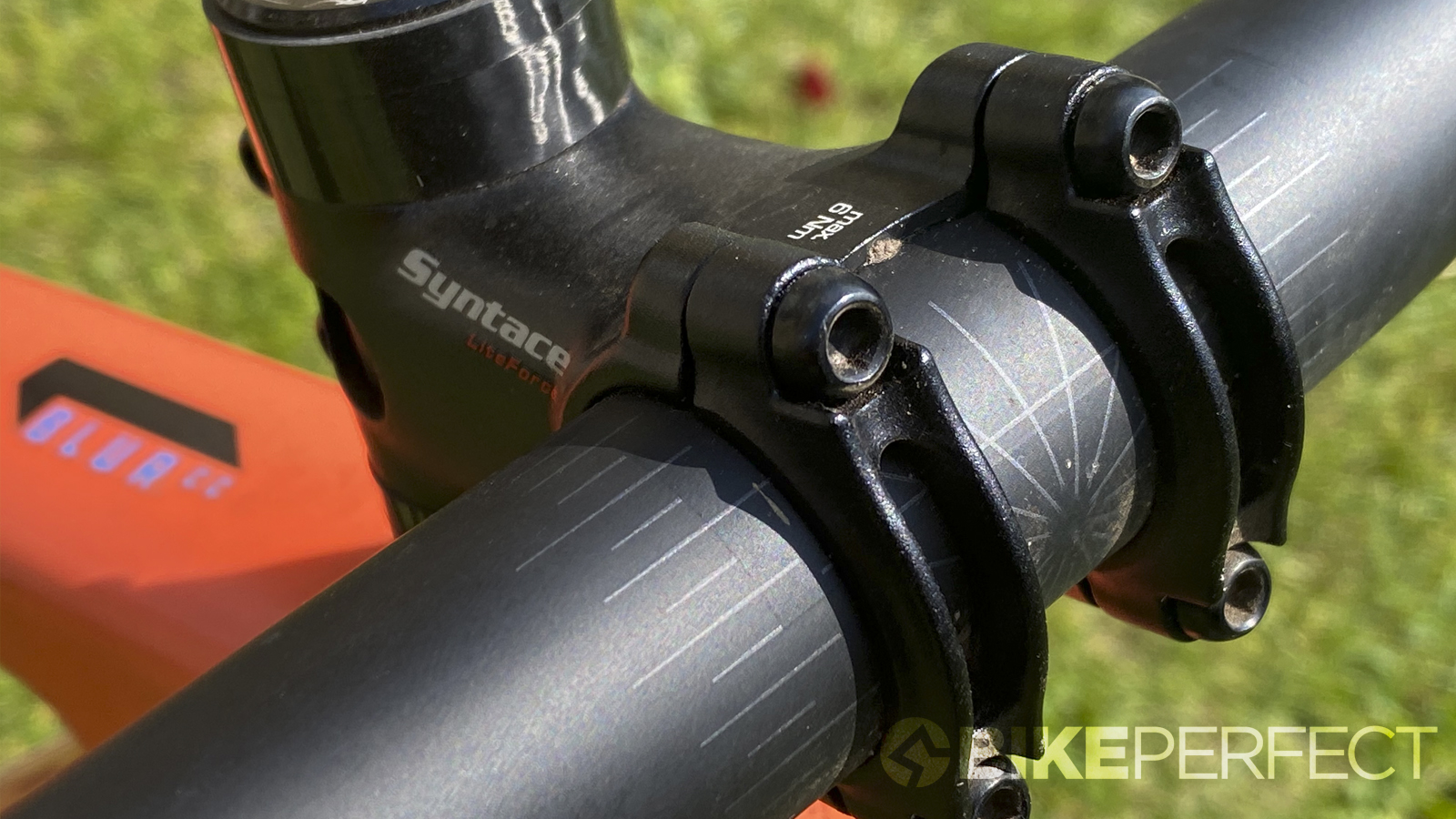
Specifications
Reasons to buy
Reasons to avoid
Stem length has a big effect bike handling and rider position. For mountain biking, the best mountain bike stems are generally shorter as reducing stem length speeds up and sharpens handling. Alternatively, if you are finding that the front wheel is lifting on climbs, a longer stem can be fitted to help move with forwards over the front wheel.
Stem rise can be used in a similar way. Using a stem with rise allows handlebars to be lifted to help move weight back for better control on steep terrain while flipping the stem so that it has a negative rise will make the position more aggressive and improve climbing.
Stems not only come in a wide selection of lengths and rises but also different clamp standards that correspond with your handlebars. The defaults are the old standard size (25.4mm), oversize (31.8mm) and the stiffest 35mm. Fork steerer size must also be considered and will likely either be 1 1/8in or 1.5in.
Syntace somehow manages to combine a lightweight alloy construction without sacrificing strength and stiffness. Available in 50mm, 60mm and 75mm options, they will likely appeal to downcountry/XC riders rather than more radical trail and enduro, Syntace has the MegaForce for that sort of riding. It even comes with Syntace Titanium screws as standard to help keep weight to the absolute minimum.
Check out our full review to see why we awarded the Syntace LiteForce stem five stars.
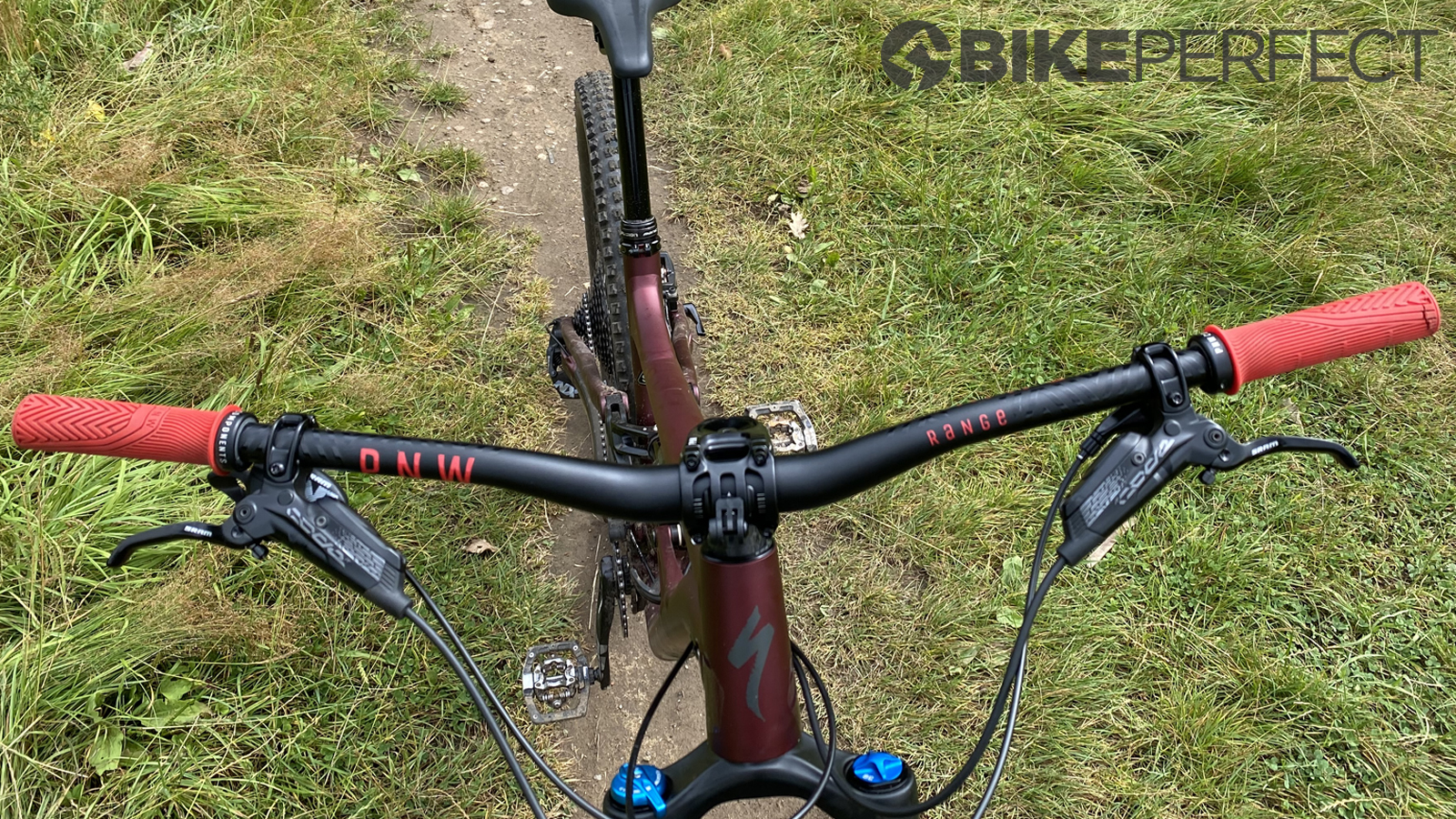
Specifications
Reasons to buy
Reasons to avoid
In the past few years, the mountain biking industry as a whole has realized that a wider bar offers more leverage to steer the front wheel and slows down the handling to be more manageable on tech high-speed descents. Wide bars also shift your weight towards the front of the bike and should be paired with a shorter stem to keep you centered. The rule of thumb when it comes to the ratio between bar width and stem length is 2:1 — so for every 20mm your bars get wider, your stem should get shorter by 10mm.
While bars and stem also fit into the fit equation, your local trails will also inform your decision. There is nothing worse than riding up to a narrow tree gap only to find your bars don't actually fit. The benefit of broad bars diminishes as the technicality and speed of the trails go down, and too large a bar could cause pain in your shoulders and neck over longer distances. If you do opt to go wide, we recommend buying a bar slightly wider than you need to and cutting it to size — make sure you measure at least twice.
You may also be looking to upgrade to a set of carbon handlebars. While alloy bars are cheap, stiff and durable, carbon is a bit lighter and will absorb more vibration before it can reach your hands. Learn more in our best MTB handlebars buyer's guide.
Beyond handlebar shape and weight, the performance gains from upgrading handlebars are a little less obvious. If you are looking to upgrade your stock handlebar, or building up a custom bike, the PNW Components Range handlebar is a great platform to go for. It's not the lightest, but it's well priced and offers a good balance of strength and compliance. The bars come in 31.8mm and 35mm stem clamp mounts, it's worth bearing in mind that the 35mm will offer a stiffer ride feel. PNW also offers a lifetime warranty so you can be confident in the bars durability.
For more information, we reviewed the full PNW Components Range cockpit setup.
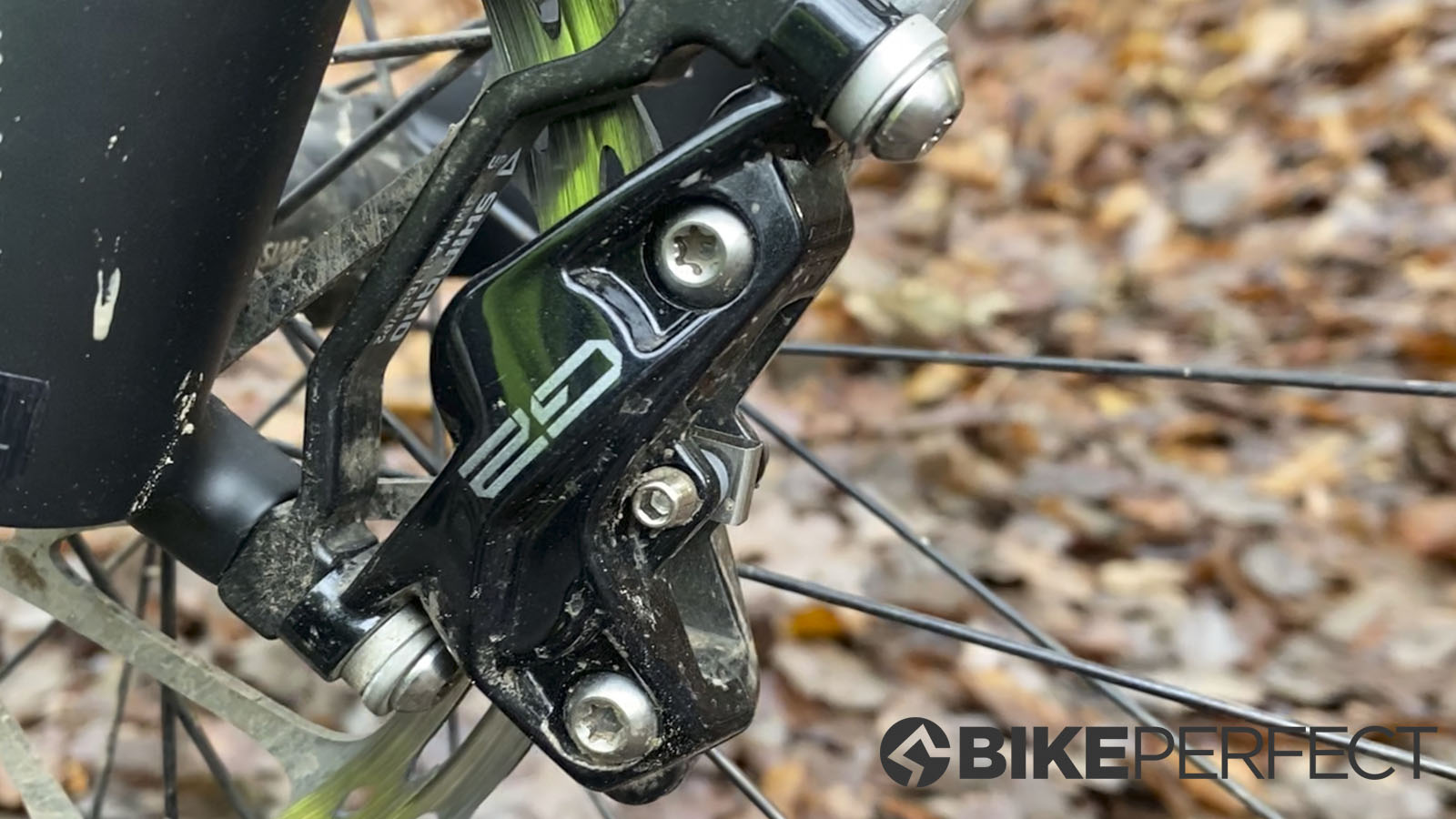
Specifications
Reasons to buy
Reasons to avoid
We are going to assume that if you're reading this, your mountain bike has disc brakes – as this has been the industry standard for quite some time. Being able to scrub speed ahead of a corner without losing traction, or creep down a super-steep rollover can be the difference between keeping the rubber side down and laying starfished on the side of the trail in a cloud of dust.
Comb through any mountain bike brake review, and you will find the word modulation used with gusto. This refers to the range between when the brake bites and the wheel locks up, with higher performance brakes offering more reach between these two points. Depending on where they fall on the price spectrum, both cable-actuated and hydraulic brakes can offer lots or minimal modulation.
If your bike was on the budget end of the spectrum, the discs might have 'resin pads only' printed somewhere on the rotor. By upgrading to the best mountain bike disc brake rotors, not only will you have a better rotor but also make metallic brake pads, which offer superior braking power, especially in the wet and durability, an option. We typically match brake pads to calipers (Shimano pads to Shimano brakes); however, third-party pads like those from Swiss Stop or Fibrax are a great option too — just avoid cheap generic brands.
Have you upgraded your rotors and pads and still feel like you want more braking power? Look at upgrading to a set of the best mountain bike brakes to greatly enhance your stopping power.
The SRAM G2 is SRAM's brake offering for trail riders, sitting below the heavier-duty Code downhill brakes. It’s proved a total smash hit with anyone looking for a rowdy brake at an affordable price, so it’s stayed in the lineup. Read more about our thoughts in our full SRAM G2 Ultimate review.
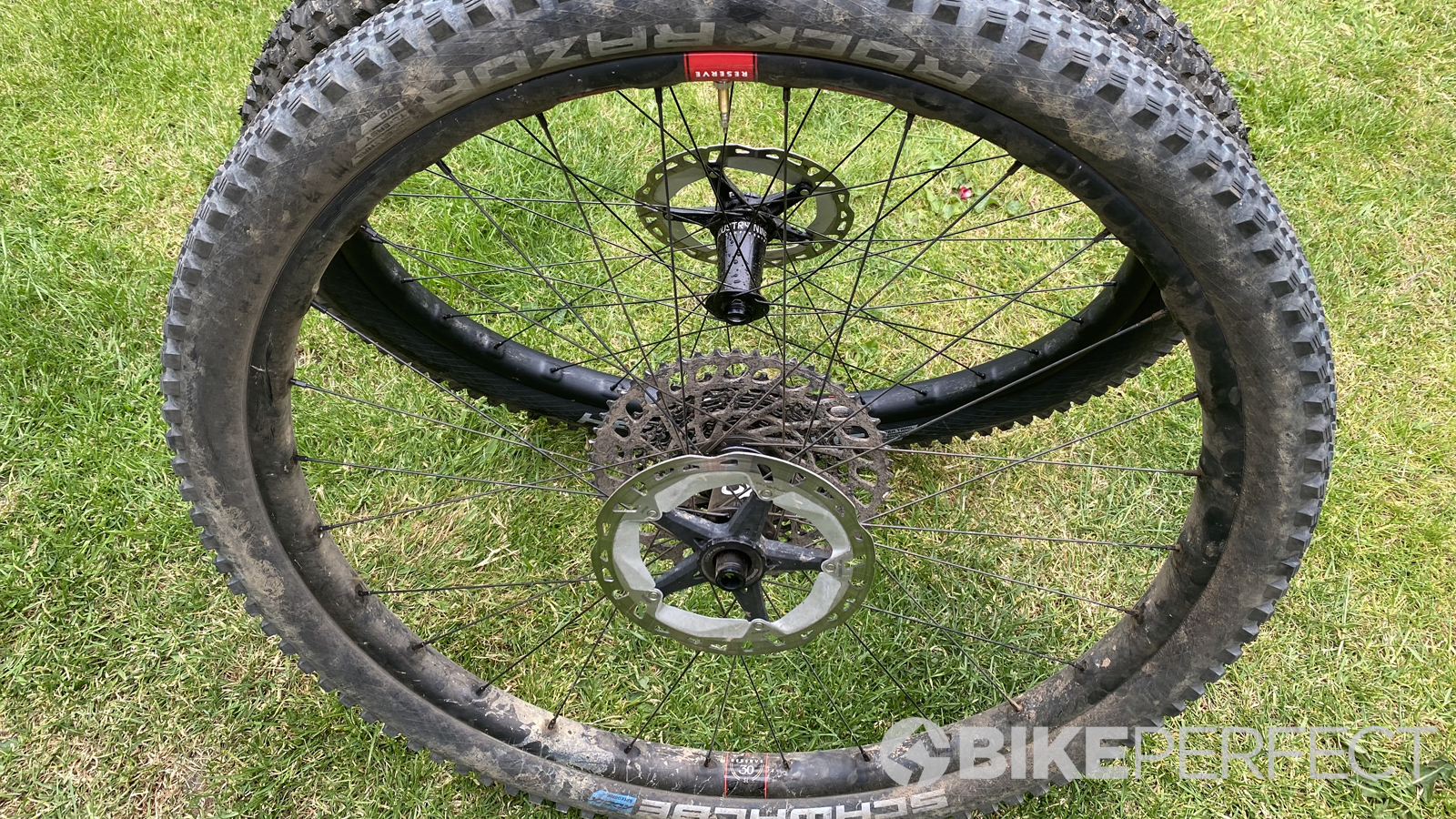
Specifications
Reasons to buy
Reasons to avoid
Rolling stock is one of the most expensive upgrades you can make to your bike, but it will also be one of the most noticeable. Depending on how deep your pockets are, investing in a set of the best mountain bike wheels can drop a significant amount of weight from your bike, adding cornering grip, improving hub engagement and rolling resistance.
A wider rim will allow you to use wider tires, lower tire pressure, more grip and comfort, and less rolling resistance. Rim material is also a significant consideration, with alloy rims offering considerably more performance benefits for the money.
If you're an XC rider, after price, weight is probably going to be your top priority as this will make your attacks and changes in pace lighting fast. On the other end of the spectrum, for riders sending drops and bashing through rock gardens, a more robust trail or enduro wheelset with a burly rim and a few extra spokes is the way to go.
Reserve 30 SL wheels are a premium upgrade but you're getting a high-performance set of trail wheels for your money with the added bonus that they are covered by Reserve's lifetime warranty. They have a lively and sprung feel yet are still accurate enough to be pointed confidently through wrenching rock sections. They come with two hub options starting with DT Swiss 350 hubs for $1,599 / £1,599 or Industry i9 Hydra's for $1,899 / £1,899.
And when they say lifetime, Reserve means lifetime. This could be the last set of wheels you buy for your trail bike. Read our full review of the Reserve 30 SL for more details.
Of course there are cheaper options which can still provide a massive boost in performance. Hunt's Trail Wide V2 is an affordable alloy wheelset that puts many high-end carbon wheelsets to shame. For just $529 / £369 you get a 1,880g wheelset that is all the right numbers for care free, big tire fun out on the trail.
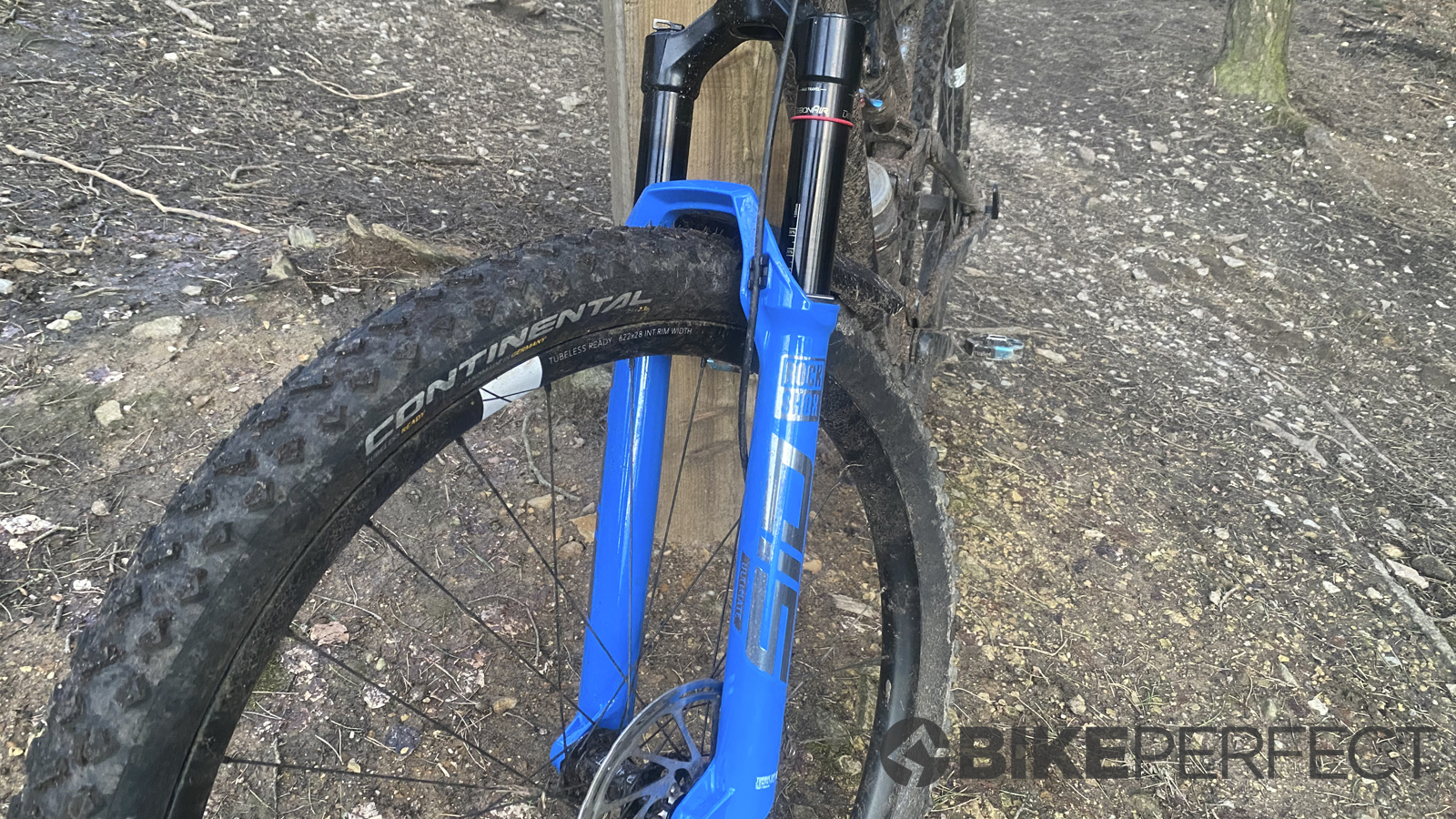
Specifications
Reasons to buy
Reasons to avoid
Upgrading your suspension can come in two forms, the tune, and the physical components. To decide which is the best route for you to take, ask yourself what exactly you're looking to improve about your bike's suspension.
Beyond just a service to make sure that everything is moving smoothly and stiction-free, if you have one of the best mountain bike forks already it will likely feature a wealth of adjustment opportunities, especially if it's an air fork.
Making sure your fork is adjusted properly will transform your bike's ride feel. You can either send it away to a specialist or invest some time on the trail to experiment with settings to see what works best. It's not always a cheap endeavor, especially if you go down the specialist service/tune route, but investing in the best shock pump is much less expensive than a new fork, and can offer plenty of performance advantages.
If it’s a high-performance, lightweight cross-country suspension fork that you’re after, there aren’t many options that can beat the RockShox SID Ultimate.
There are two options in the SID range, there's the super lightweight 32mm stanchioned Ultimate SL with 100mm for the cross-country racer and the brawnier 35mm legged Ultimate fork which we think sets the benchmark for modern XC forks.
Those 35mm stanchions help create a stiff platform that allows you to push hard on the ever-demanding XC courses that we are starting to see. Travel gets a bump as well, with 110mm or 120mm options, the SID Ultimate is well matched to the new breed of progressive cross-country mountain bikes and downcountry bikes.
The new ultra-low-friction SKF seals and Maxima Plush suspension fluid make it a small bump wonder, reducing trail buzz and enhancing cornering grip. Yet the Charger damper manages mid-stroke support superbly to keep some travel in the tank should things get rowdy. It also has clearance for a 2.4-inch tire and is happy to be fitted with bigger 180mm disc rotors for added stopping power.
We put the RockShox SID Ultimate through the paces to find out how it compares to the competition. Read our full thoughts in our review.
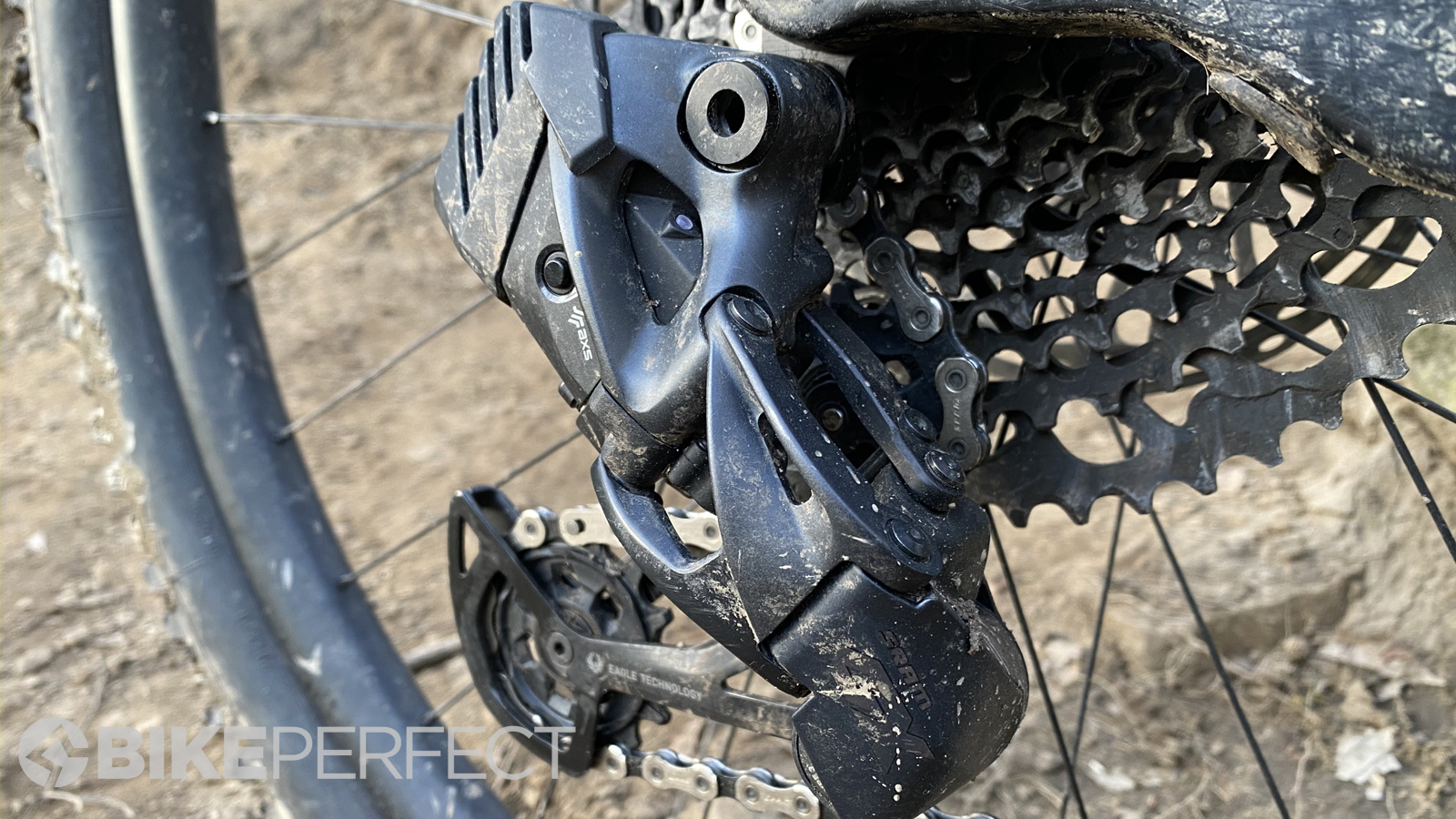
Specifications
Reasons to buy
Reasons to avoid
By now, you probably have a 1x drivetrain on your bike. But if you don't, it's an absolutely essential upgrade. Not only is maintenance and shiting easier, but it makes your bike look much cleaner. You'll never have the hassle of worrying about a front derailleur again, and the range of gear ratios available is seriously impressive, especially for climbing steep hills in your granny gear.
There are many options on the market offering great performance and you don't need to spend loads of money on the best MTB groupsets if your upgrading to a 1x drivetrain. Shimano's Deore 12-speed groupset is a budget option bursting with performance. However, if you have the funds, it's hard to look past SRAM's recently released GX AXS wireless electronic groupset. Electronic shifting has previously been exclusively for top-tier bikes but now GX AXS brings flawless wireless performance, masses of custom configuration options and an ultra-clean handlebar aesthetic. It does mean you will need to remember to charge your derailleur battery every couple of rides but the super precise shifting and cable-free finish are going to feel like a big upgrade over cable operated shifting.
Find out why we think the SRAM GX AXS delivers genuinely next-level shifting performance.

Graham Cottingham joined the BikePerfect team as our senior tech writer in 2020. With over 20 years of riding experience, he has dabbled in downhill, enduro, and gravel racing. Not afraid of a challenge, Graham has embraced bikepacking over the last few years and likes nothing more than strapping some bags to his bike and covering big miles to explore Scotland's wildernesses. When he isn’t shredding the gnar in the Tweed Valley, sleeping in bushes, or tinkering with bikes, he is writing tech reviews for BikePerfect.
Rides: Cotic SolarisMax, Stooge MK4, 24 Bicycles Le Toy 3, Surly Steamroller
Height: 177cm
Weight: 71kg
